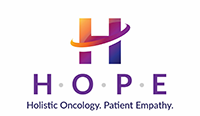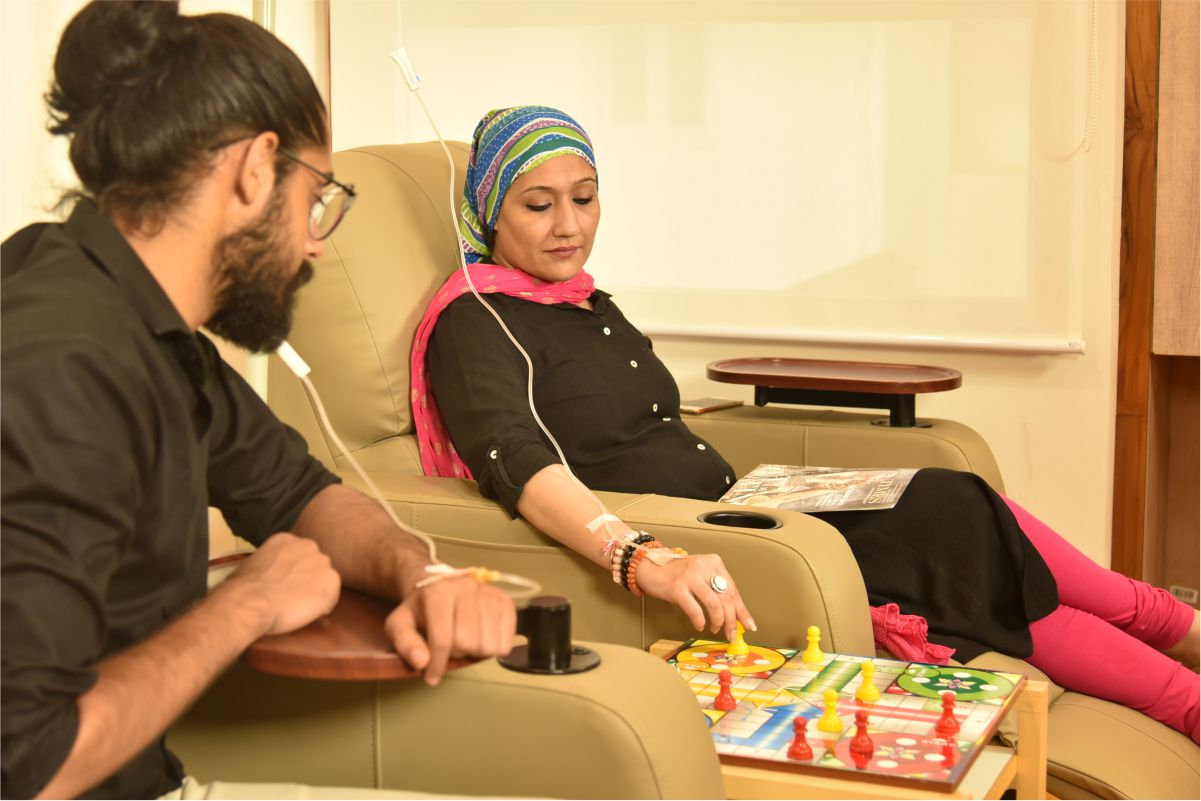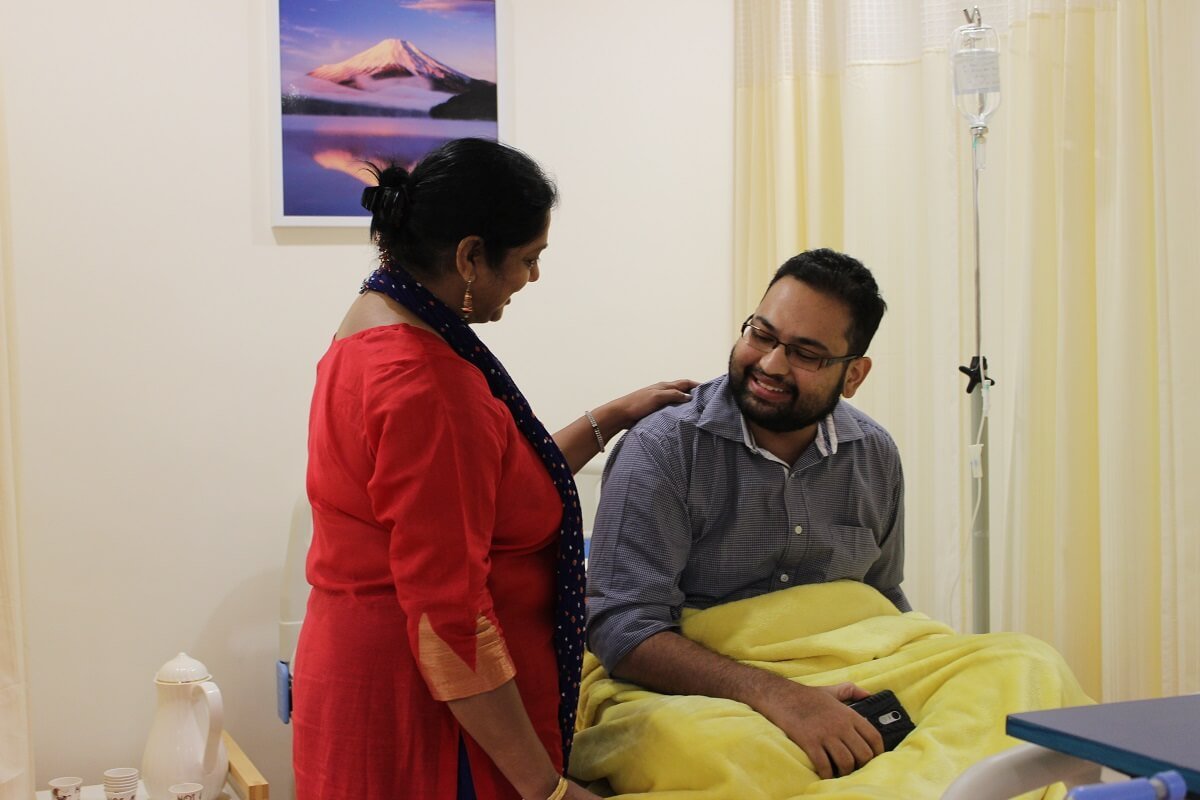Targeted therapy is a specialized approach to cancer treatment that specifically targets proteins controlling the growth, division, and spread of cancer cells. This method serves as the cornerstone of precision medicine, harnessing our growing understanding of DNA changes and cancer-driving proteins to design tailored treatments.
How is it different from chemotherapy?
We can take an example of bomb & bullet to explain the difference chemotherapy is the bomb, kills everything in vicinity. target therapy kills only the cell were. It is pointed at, were a bullet.
Types of Targeted Therapy
Targeted therapies primarily fall into two categories, (depending on their molecular weight & ability to panel rate.)
- Small-Molecule Drugs: These are small enough to penetrate cells, making them suitable for targeting proteins inside cells.
- Monoclonal Antibodies: Also known as therapeutic antibodies, these lab-produced proteins are designed to attach to specific cancer cell targets. They may enhance immune recognition and destruction of cancer cells, impede their growth, induce self-destruction, or transport toxins to cancer cells.
Patient Eligibility for Targeted Therapy
While some cancers, such as chronic myelogenous leukaemia (CML), may have a common drug target for many patients, biomarker testing is typically needed to identify suitable treatment options. Biomarker testing involves analysing the tumour for specific targets that match available drugs. In majority of cases will be required to obtain the necessary tumour sample for testing.
In minority win a simple blood test can detect biomarker (down)
Mechanisms of Action of Targeted Therapy
Targeted therapy operates through several mechanisms:
- Enhancing Immune Response: Some targeted therapies facilitate the immune system’s recognition and destruction of cancer cells, which often evade immune surveillance.
- Halting Uncontrolled Growth: By disrupting signals that promote unregulated cell growth and division, targeted therapies can slow cancer’s progression.
- Inhibiting Angiogenesis: Tumours require new blood vessels (angiogenesis) to grow beyond a certain size. Angiogenesis inhibitors in targeted therapy disrupt these signals, limiting tumour growth or causing existing blood vessels to deteriorate.
- Delivering Cell-Killing Substances or Antibody-drug conjugate: Certain monoclonal antibodies are coupled with cell-killing agents like toxins, chemotherapy drugs, or radiation. These antibodies bind to cancer cell targets, allowing the uptake of the cytotoxic substances, leading to cell death. This technology is called.
- Inducing Cancer Cell Death: – targeted therapies can prompt apoptosis, the orderly cell death process that cancer cells often evade.
- Starving Cancer Cells of Hormones: – Hormone therapy, a form of targeted therapy, either inhibits hormone production or their action in cancer cells, essential for the growth of some breast and prostate cancers.
Drawbacks of Targeted Therapy
Targeted therapy has limitations:
- Development of Resistance: Cancer cells may become resistant to targeted therapy through target changes or alternative growth pathways. Combining multiple targeted therapies or incorporating them with other treatments like chemotherapy or radiation can address resistance.
- Success of this targeted therapy is seen in lung cancer. lung cancer, when treated, targeted therapies (coned from previous) a simple oral tablet can control advanced stage of lung cancer upto the tune of 6 years & more (where with conventional chemo, this duration is = 3 years)
- Complexity of Drug Development: Developing drugs for certain targets can be challenging due to the target’s structure and function within the cell.
Side Effects of Targeted Therapy
While initially considered less toxic than chemotherapy, targeted therapy can still induce significant side effects. Common side effects include diarrhoea and liver issues, with additional potential side effects such as blood clotting problems, high blood pressure, fatigue, mouth sores, nail changes, hair colour loss, skin issues, and very rarely, the formation of holes in gastrointestinal organs. Medications are available to prevent or manage these side effects, and most tend to subside after few months of treatment or after discontinuation.
What to Expect During Targeted Therapy
- Administration: Small-molecule drugs are typically taken orally as pills or capsules, while monoclonal antibodies are usually delivered through a vein using a needle.
- Treatment Location: Depending on the drugs and administration method, targeted therapy can be taken at home, in a doctor’s office, clinic, or outpatient unit within a hospital. It is typically administered on an outpatient basis.
- Treatment Schedule: The frequency and duration of targeted therapy depend on cancer type, its stage, the specific targeted therapy used, individual responses, and the inclusion of rest periods between treatment cycles.
- Impact on Well-Being: How targeted therapy affects an individual varies, influenced by their overall health, cancer type, stage, the specific targeted therapy, and dosage. Predicting an individual’s specific response to treatment is challenging for doctors and nurses.
Targeted therapy represents a promising approach in the field of cancer treatment, offering personalized options for patients based on their unique cancer profiles.






